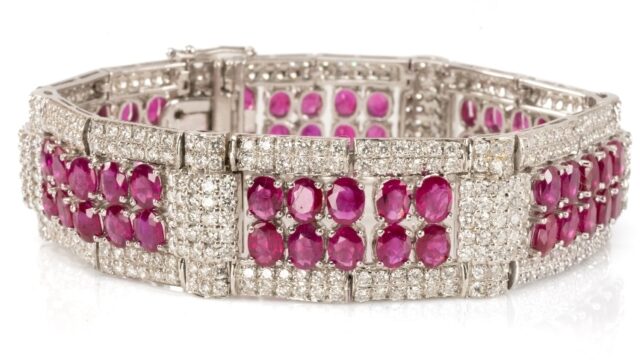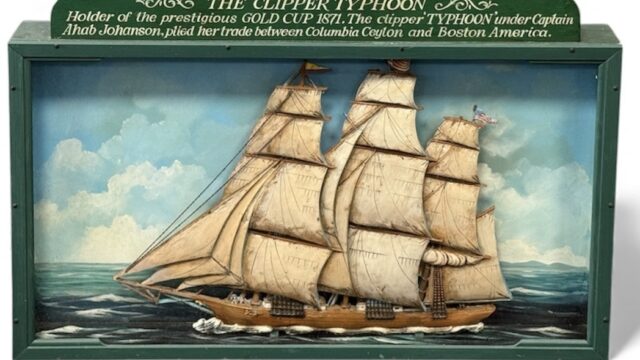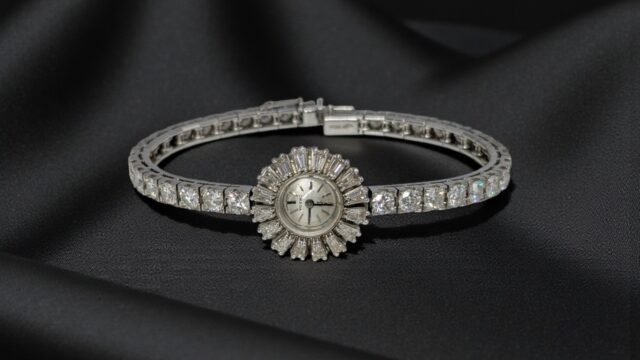Lovespoons
A visit to any good gift shop in Wales will find an array of regional produce and crafts, from fudge, jewellery, blankets, prints, slate, glass, ceramics and liqueurs, to amusing sheep and dragon ornaments, and lovespoons by the dozen.
And why not? Afterall, a lovespoon would seem the perfect keepsake, a quintessential piece of Welsh folk art; small, portable, quirky, affordable and charming. Looks can be deceiving, as many are mass produced in Switzerland and Scandinavia and imported to satisfy the tourist industry. However, authentic Welsh lovespoons are still being produced here, and lately a new generation of local craftsmen are carving high quality contemporary examples which will no doubt become collectors’ pieces in years to come.
But what of the lovespoon's origin? What woods are used? What are they for? Are they valuable?
Modest, rural 17th and 18th Century Welsh cottages were primitive affairs, with entire peasant families sharing a single space for living and sleeping. The bed, with its straw mattress would be the most comfortable and thus most important piece of furniture. Privacy for a courting couple was hard to come by in such a dwelling. A young suitor, calling on a maiden after dark, would be afforded the comfort of the bed, the dim light of a tallow candle or rushlight only partially obscuring the intimate corner of the house, not to mention flickering firelight on cold nights. Together the couple would snuggle up or “bundle” fully clothed, embracing like a pair of spoons stacked side by side in a drawer. Thus, the verb “to spoon” as in “He moved over and spooned her, pressing himself gently against her warm back as she slept”. Long before, the farm hand or sailor would need to make clear his intentions, not only to his sweetheart, but to her family as well. Most likely illiterate, shy or tongue-tied, the custom was for the boy to carve a token in the form of a “cawl” (soup) spoon, from a single piece of wood using a simple pocket knife. The spoon would be presented to the girl as a prelude to courtship, and if accepted would be displayed by the fire and the wooing could proceed.
Lovespoons were therefore uniquely created by each suitor for a particular person. They were crafted in an enormous variety of styles, and were ornamented with an array of motifs, including hearts, locks, goblets, rings, chains, comma whorls, and occasionally forks and knives. Some of these motifs convey meanings, for example a wheel means “I’ll work hard for you”, a bell suggests a wish for marriage, the links in a chain designates the number of years together, a key, keyhole or padlock means our house or love “is safe”, and balls in a cage indicates the number of children desired. Some were inlaid with wax, coloured woods, glass panels or mirrors. In the late 18th and 19th Century, the stems were sometimes transformed into a broad panel (figs. 1 & 2), which served as a canvas to be decorated with a plethora of pierced and incised designs.
Some have a pair of bowls, suggesting marriage, others multiple bowls alluding to a desire for a large family. Sailor’s spoons were usually decorated with maritime motifs like anchors, chains, ropes, swivels and ships. The commonest woods used were beech and sycamore, but any close-grained native wood could suffice, so that spoons can be found carved in holly, yew, lime, boxwood, as well as most fruitwoods.
Good antique Welsh lovespoons are rare. Those who want to start a collection, I'd advise visiting The National Museum of Wales (St Fagans) to look in detail at their important collection on view in the Lovespoon Gallery, including the earliest recorded example dated to about 1667. Also, visit a specialist dealer in Welsh antiques, or attend a Rogers Jones & Co. Welsh Auction. Prices range from a couple of hundred to three or four thousand pounds. Rogers Jones & Co. have an enviable record of selling vernacular antiques and art from Wales, and offer lovespoons in our triannual Welsh sales.
In days gone by a lad too shy
To speak his love too soon
Would by this sign say Please be mine
He’d give his girl a spoon.With tender heart he’d carve each part
The handle, stem and bowl,
With a deft knife he’d claim a wife
And win her loving soul.Each symbol clear would tell his dear
The hopes his mind delighted
The twisted stem meant both of them
Would always be united.The Wheel vowed work, he would not shirk
To build a cosy nest,
Of luck the crescent Horseshoe spoke,
The Key said, Home is best.The Soul, the heart declared the part
Forever he’d forego.
Each little Ball would tell her all
Their children in a row.The merry Bell of marriage spoke,
He’d lead her to the altar,
The Shield, Protection stout as oak
His faith would never falter.And as they walked, and as they talked
Beneath the country moon,
Her blush would glow, for she’d well know
The message of the Spoon.
If you have a lovespoon, treen object or vernacular antique and are interested in a valuation, please get in touch.

Sold £1100

Sold £900

Sold £1300

Sold £320

Sold £1300








